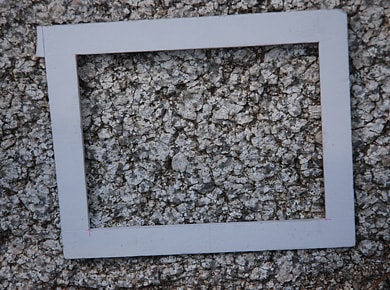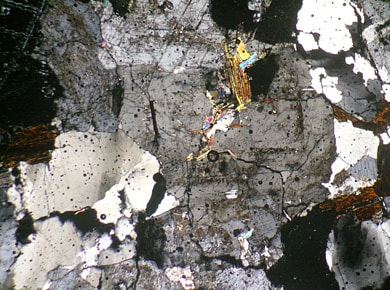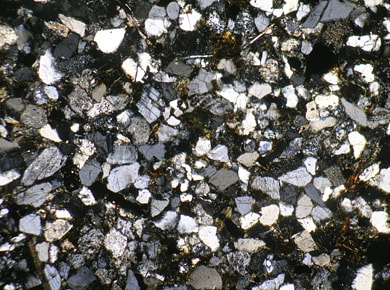Traditional
Architecture
전통건축소개
Investigation on Stone
Investigative research on stone is mainly comprised of a quantitative assessment on stone deterioration from the perspective of conservation science, as well as petrologic research and provenance presumption for replacement or reinforcement of damaged stones with those of identical kinds.
Deterioration Assessment
There are several types of quantitative assessments to gauge the degree of deterioration of stones, including the method of using the difference in velocities of ultrasonic waves in a fresh stone and a weathered stone, measuring the hardness of a stone using tools such as Equotip hardness tester, and calculating the degree of weathering using relative temperature difference in the sound and exfoliated areas of a stone.

Visual observation of
an exfoliated sample

Thermographic image using an infrared halogen heater

Acquisition of thermographic image
Measuring Magnetic Susceptibility
Magnetic susceptibility measurement is the most typical method applied to provenance analysis of stone cultural heritage, to investigate and reveal the petrogenetic environment of stone and its petrologic homogeneity.
Magnetic susceptibility is a means to classify the overall magnetization intensity of stones and corresponds to the magnetization intensity on the external magnetic field. It is defined by I = k × H, where 'I' is the magnetization intensity, 'H' is the magnetic field, and 'k' is the magnetic susceptibility, a constant that determines the magnetic properties of a material. Its strength hinges on the content of magnetite, a ferromagnetic mineral that appears opaque in a stone, and retains a directly proportional relation with the magnetite content.
Mineralogical Characteristics
To understand the mineralogical characteristics of a rock, observation through a polarizing microscope is performed to verify the distribution of constituent stone-forming minerals and creation of altered minerals or other elements.
The following shows the results of observation via polarizing microscope on notable types of rocks for each petrogenetic classification.

Igneous rock (granite)

Results of observation via polarizing microscope

Sedimentary rock (sandstone)

Results of observation via polarizing microscope

Metamorphic rock (gneiss)

Results of observation via polarizing microscope
- Source
Conservation Management of Stone Cultural Heritage by Utilizing Nondestructive Technology, National Research Institute of Cultural Heritage, 2014







 Home
Home


